California’s war on plastic bag use seems to have backfired. Lawmakers are trying again – the Los Angeles Times

According to a report by the consumer advocacy group CALPIRG, 157,385 tons of plastic bag waste was discarded in California the year the law was passed. By 2022, however, the tonnage of discarded plastic bags had skyrocketed to 231,072 — a 47% jump…The problem, it turns out, was a section of the law that allowed grocery stores and large retailers to provide thicker, heavier-weight plastic bags to customers for the price of a dime….
Here’s How the Next Two Atmospheric Rivers Will Affect California – the New York Times

A “Pineapple Express” hitting California through Thursday will set the stage for another week of unsettled weather across the state…
Can Seawalls Save Us? – the New Yorker

Pacifica, California, just south of San Francisco, is the kind of beachfront community that longtime residents compare to Heaven…Pacifica embodies one of the central disagreements about rising seas. Fight or flight? Stay or go? Flight can seem unimaginable. But, if we try to fight the ocean with rock and concrete, it will cost us—and it may not work…
A California Beach Town Is Desperate to Save Its Vanishing Sand – the New York Times
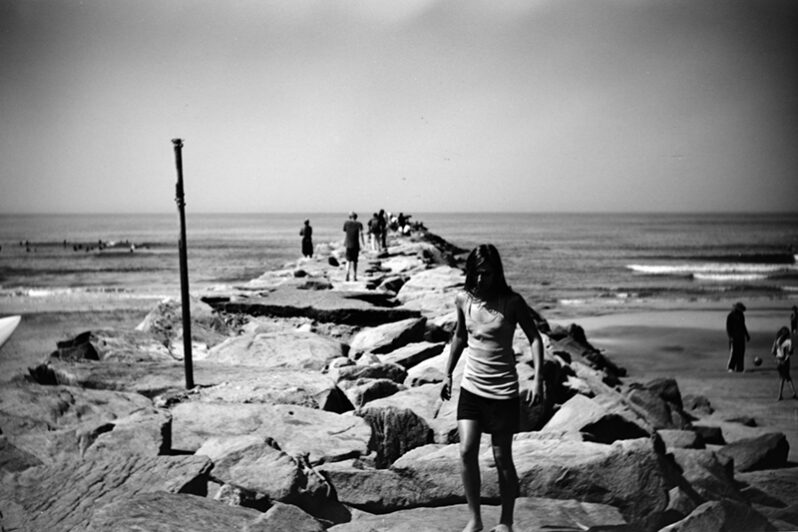
Sea-level rise and man-made projects have left Oceanside with precious little beach space. That’s a problem if coastal life is part of your city’s identity…
The Not-So-Natural Beach – Ryan Anderson
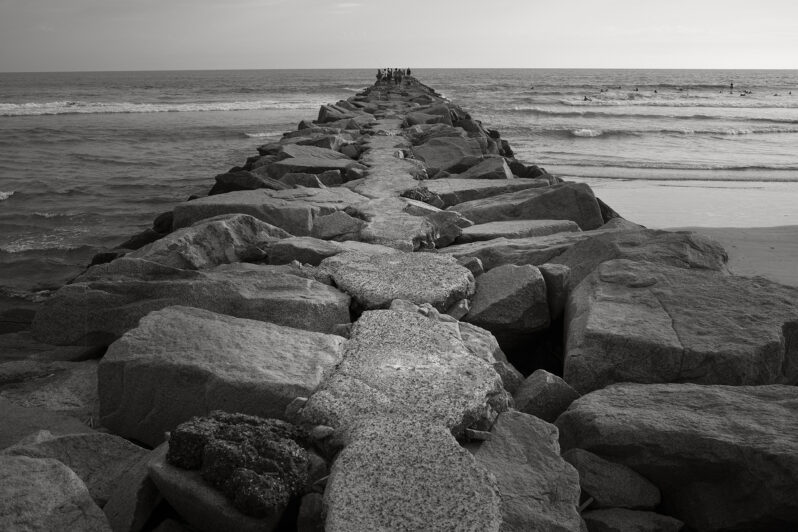
Growing up, I always imagined the beach to be a natural place. I think it’s safe to say that this sentiment may be pretty common among many beachgoers. It’s easy to think of the beach as being somewhat “natural,” or at least close to that thing some people call “nature.” This is a short piece, so I won’t go down the what is nature!? rabbit hole for now. By natural I mean something along the lines of “not caused or created by human intervention.” So here’s the thing: many beaches are actually far less “natural” than many people assume or know…
The “Octopus Garden” – MBARI
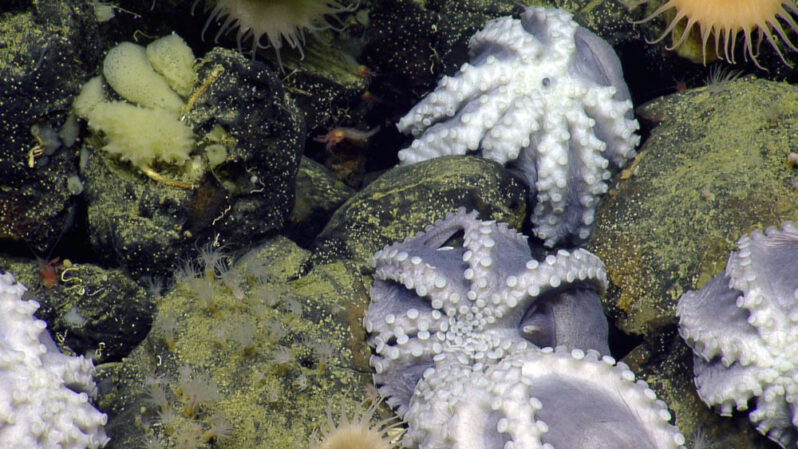
Deep below the ocean’s surface just off the Central California coast, thousands of octopus gather near an extinct underwater volcano. The Octopus Garden is the largest known aggregation of octopus anywhere in the world…
California Against the Sea: Visions for our Vanishing Coastline – by Rosanna Xia
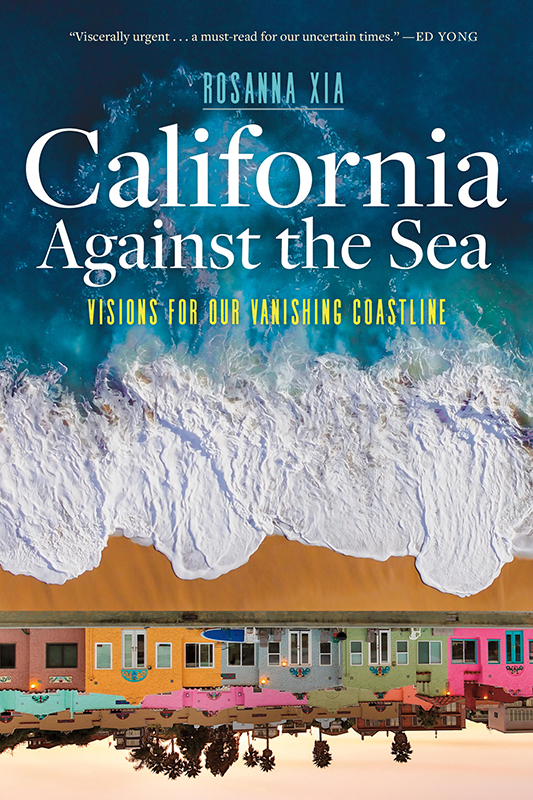
Along California’s 1,200-mile coastline, the overheated Pacific Ocean is rising and pressing in, imperiling both wildlife and the maritime towns and cities that 27 million people call home. In California Against the Sea, Los Angeles Times coastal reporter Rosanna Xia asks: As climate chaos threatens the places we love so fiercely, will we finally grasp our collective capacity for change?
Carlsbad considers joining other coastal cities in yet another sand replenishment project – the San Diego Union-Tribune
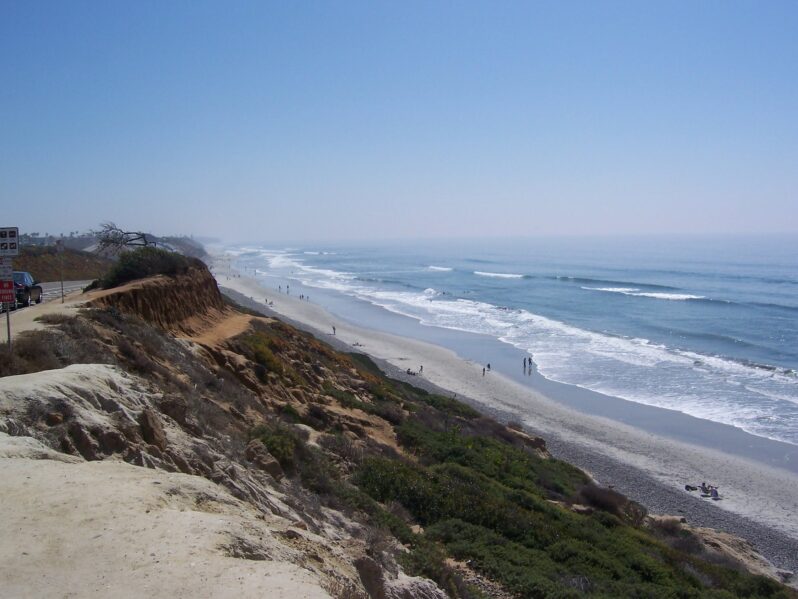
SANDAG asked Carlsbad to shoulder a proportional share of the $200,000 cost for a planning, feasibility and economic analysis needed to start the project, which would pull sand from the ocean and spread it on beaches from Oceanside to Imperial Beach….
UPDATE: The City Council unanimously opposed actively participating in the City of Oceanside’s sand nourishment pilot project during its April 11 meeting, remaining opposed to any plans that may obstruct the natural flow of sand down the San Diego County coastline.
However, the Carlsbad City Council agreed to request a city staffer be present during the neighboring city’s proposed pilot project meetings and design competitions…
Up to 70% of California beaches could disappear by end of the century – the Guardian

A new study uses satellites to predict what California’s famous coastline could look like by 2100.
California is known for golden sands and endless waves, but much of the state’s famous shoreline could vanish in the future. That’s according to a new study, which found that between 25% and 70% of California beaches might be washed away by the end of the century, leaving only cliffs or coastal infrastructure in their wake…
